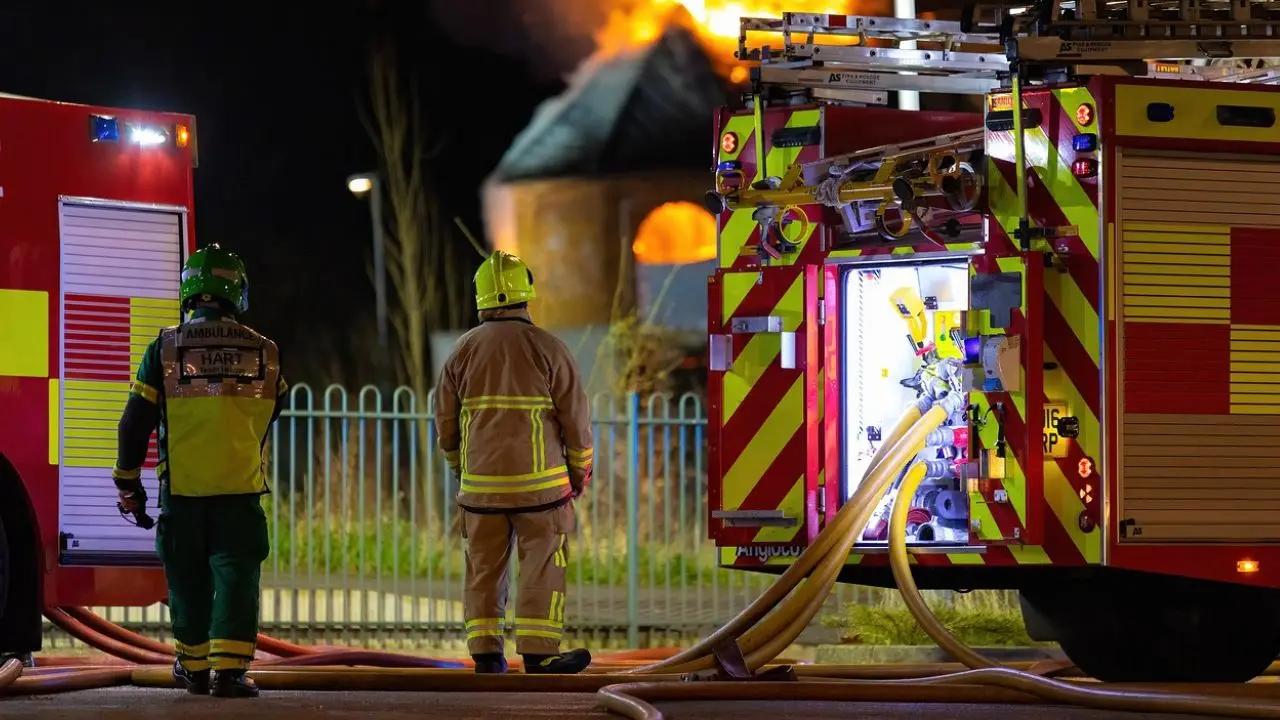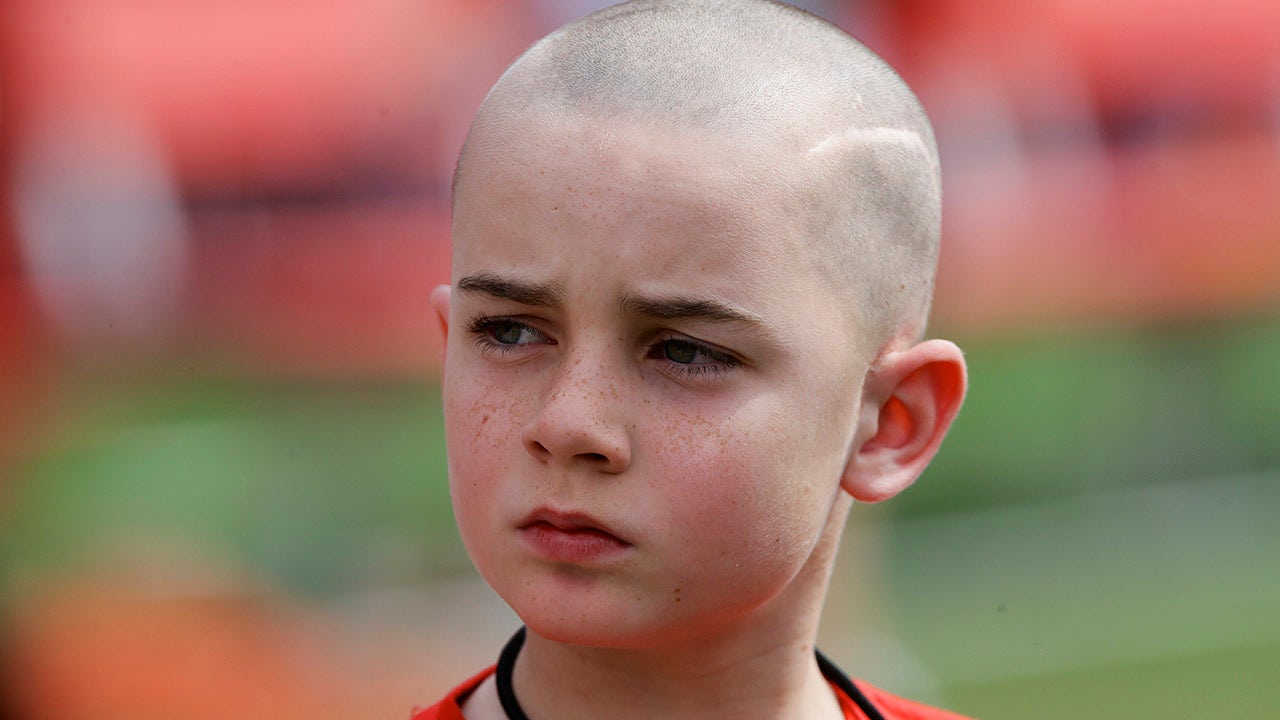
CLIMATEWIRE | Death can happen at lower temperatures than an established scientific measure of “heat survivability” indicates, according to new research from Arizona State University.
A recent paper published in Nature Communications found that the primary methodology to measure deadly heat — called “wet-bulb global temperature” — is inadequate, resulting in artificially low mortality estimates from extreme heat events.
The findings, based on climate modeling, are particularly relevant given the growing frequency and intensity of heat waves around the world, including one last summer that killed at least 579 people in the Phoenix area, according to the Maricopa County Department of Public Health. The same heat wave was also linked to more than 150 deaths in Texas, according to public health agency estimates, making it one of the worst disasters in the state’s history.
A “wet-bulb” reading of 95 degrees Fahrenheit — or roughly 99 degrees using standard measurements — is considered the limit for human survivability over six hours of unshaded outdoor exposure. Wet-globe readings account for a combination of air temperature, relative humidity, sun angle, cloud cover and wind speed.
But the study found that millions of Americans, particularly elderly and health-compromised individuals, could die at web-bulb temperatures much lower than 95 F, particularly as humidity increases and other human factors come into play. A healthy young adult, for example, could die after six hours of exposure to a 92 F temperature with 50 percent humidity, according to the study. A healthy elderly person could die at 91 F under the same humidity levels.
The ASU researchers say the wet-bulb survivability threshold does not account for real-world conditions. It assumes the exposed person is fully sedentary, unclothed and lacks any health-risk factors like body mass index or heart health.
“What we see globally is how much different the physiological effects of heat are than what’s been assumed for the last decade,” Jennifer Vanos, a senior scientist at the ASU’s Global Futures Laboratory and lead author of the paper, said in a telephone interview. “That [95 F] number really oversimplifies what happens physiologically in the body when your body is exposed to that temperature, and it doesn’t account for other important variables like age or other vulnerability factors.”
“People may be able to survive at those temperatures, but they won’t live in the real world,” Vanos added. “We didn’t only want to better understand the conditions that people could survive in. We wanted to understand the conditions that allowed people to live their lives.”
One key factor in heat death risk is a body’s ability to cool itself by sweating, experts say. With increased humidity, the human body loses water at a faster rate than it can maintain core temperature below 109 F (43 degrees Celsius). With a 110 F core body temperature, biological systems begin failing.
The Centers for Disease Control and Prevention estimates that more than 1,200 people in the United States die from extreme heat annually. That number could more than double by the end of the century based on the current projection path for greenhouse gas emissions, according to CDC guidance.
Vanos said her group’s latest research provides critical perspective to government agencies and policymakers about how extreme heat affects “not just survivability, but livability.”
“If the only safe way to live in an area experiencing extreme heat is to be completely sedentary, people won’t want to live there,” she said.
Wet-bulb temperature differs from the more commonly known “heat index,” which accounts for temperature and relative humidity in shaded outdoor areas. It’s not generally used by media to explain everyday conditions or in health advisories.
But the wet-bulb methodology has been adopted by agencies and organizations like the U.S. Occupational Safety and Hazard Administration and the American College of Sports Medicine, and in some cases it has been factored into safety standards for outdoor exertion.
“Scientifically, [wet-bulb methodology] is probably a better metric for conveying heat risks, but it is still fairly unfamiliar to the public and many decisionmakers,” Marshall Shepherd, director of the atmospheric sciences program at the University of Georgia and an expert on climate risk vulnerability, said in an email. “There is still the need for a significant public education campaign as wet-bulb readings become more available.”
A 2015 study by Shepherd’s colleague Andrew Grundstein — which focused on heat risk to football players — found that the risk was not uniform across the United States. Athletes in high-humidity regions like the Southeast face very different risks than those in the Southwest, for example, where higher temperatures come with lower humidity.
During last summer’s heat wave in Phoenix, temperatures soared past 110 F for 31 consecutive days, including three record-setting days at 119 F. That came with relatively low humidity levels of around 10 percent.
Still, the city set new records for heat deaths, even as most residents stayed inside and avoided outdoor activity.
Reprinted from E&E News with permission from POLITICO, LLC. Copyright 2023. E&E News provides essential news for energy and environment professionals.


























































